This article is based on over 6 hours of play with an early access build of inZoi played on a Mac Mini M4 Pro.
Life sims are having a moment. With Paralives edging closer and EA quietly cooking up The Sims 5, life sims are finally shaking things up. inZoi jumps in right on cue, aiming to be the next big leap. Built on Unreal Engine 5 and optimised for Apple silicon, it promises a sandbox where you can shape characters, build homes, redesign entire cities, and tell your own stories without limits.
After six hours with the early access build on a Mac Mini M4 Pro, it is clear that ambition drives everything here. The tools are deep, the visuals are stunning, and the sense of creative control is unmatched. But it is also obvious that inZoi is still finding its rhythm. While it gives you the power to design anything you want, it has yet to figure out how to make life inside those creations feel as full and surprising as they look from the outside.
Stunning Visuals
inZoi is gorgeous in a way that feels almost disorienting for a life sim. Built on Unreal Engine 5, it leans into lighting, reflections, and fine details to create spaces that feel alive.
Streetlights spill across wet pavement, glass towers catch the glow of nearby buildings, and shadows shift naturally as you move the camera. It reaches for photorealism and, while not every texture lands perfectly, the illusion is strong enough to draw you in. It is easy to lose track of time just taking it all in, even knowing some visual compromises are at play to keep performance stable.
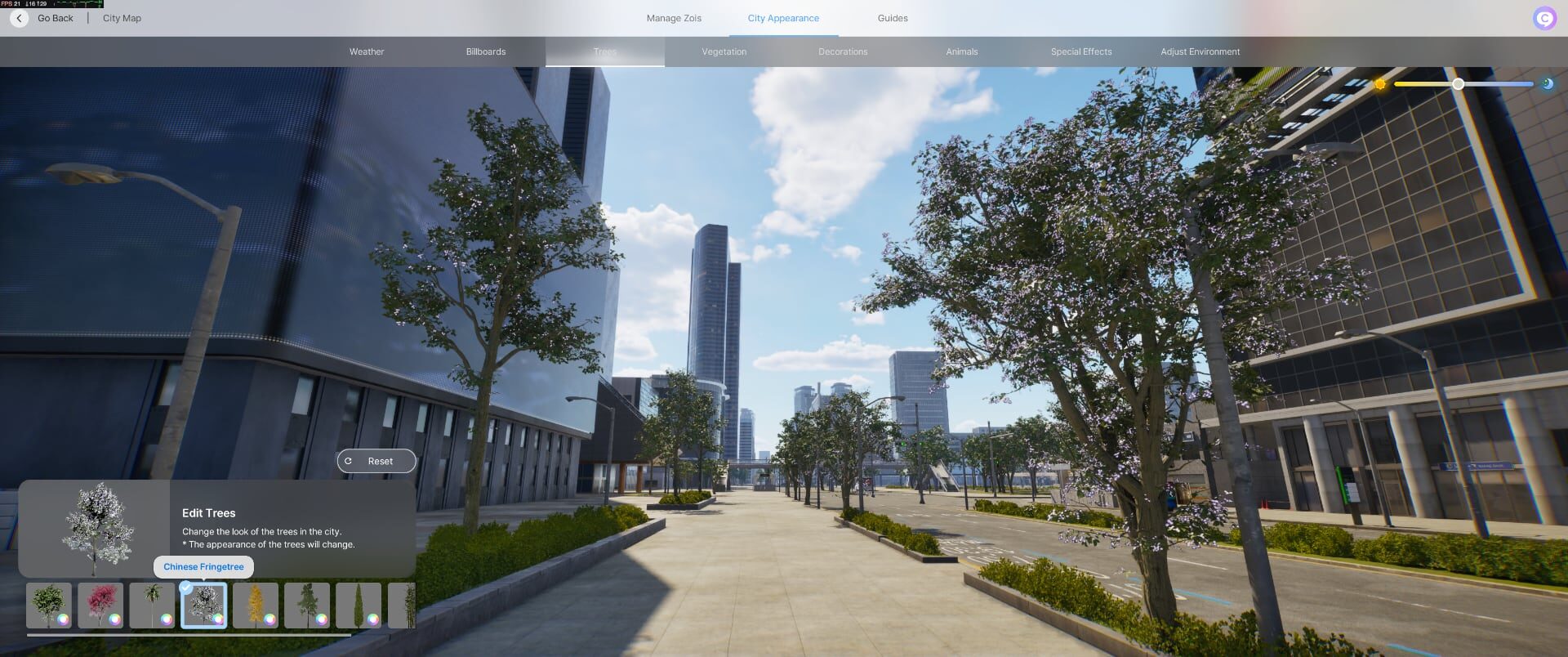
On the Mac Mini M4 Pro, the game leans hard on Apple’s modern hardware, with MetalFX upscaling, ray tracing, and HDR all working in its favour. I mainly played in Performance mode, and although there were occasional dips, the image remained sharp and clean. The reflections are natural, shadows fall where you expect them, and interiors feel properly lit instead of artificially brightened.
There are hiccups. A few stutters when you load into a busy street, a second of hesitation when dropping in custom objects. But once you settle into the flow, it becomes easy to lose track of time.
A Sandbox of Endless Possibilities
inZoi pulls you in with the promise of control, and it delivers that part beautifully. The character creator sets the tone right away, giving you an incredible amount of freedom to shape every little detail until the person on screen feels entirely your own.

You are not limited to swapping hairstyles or toggling presets. You can design outfits, tweak materials, and even generate AI textures for clothing, glasses, and accessories. It is the kind of system that tempts you to lose hours here before you even step into the world.
Then you move into build mode, and the scale opens up even further. My starter home began as a simple square, but it quickly turned into a playground of possibilities. Layouts can be torn apart and rebuilt, furniture swapped endlessly, and entire neighbourhoods reshaped with a few clicks. There is a sense of creative flow here, where experimenting feels effortless and rewarding.
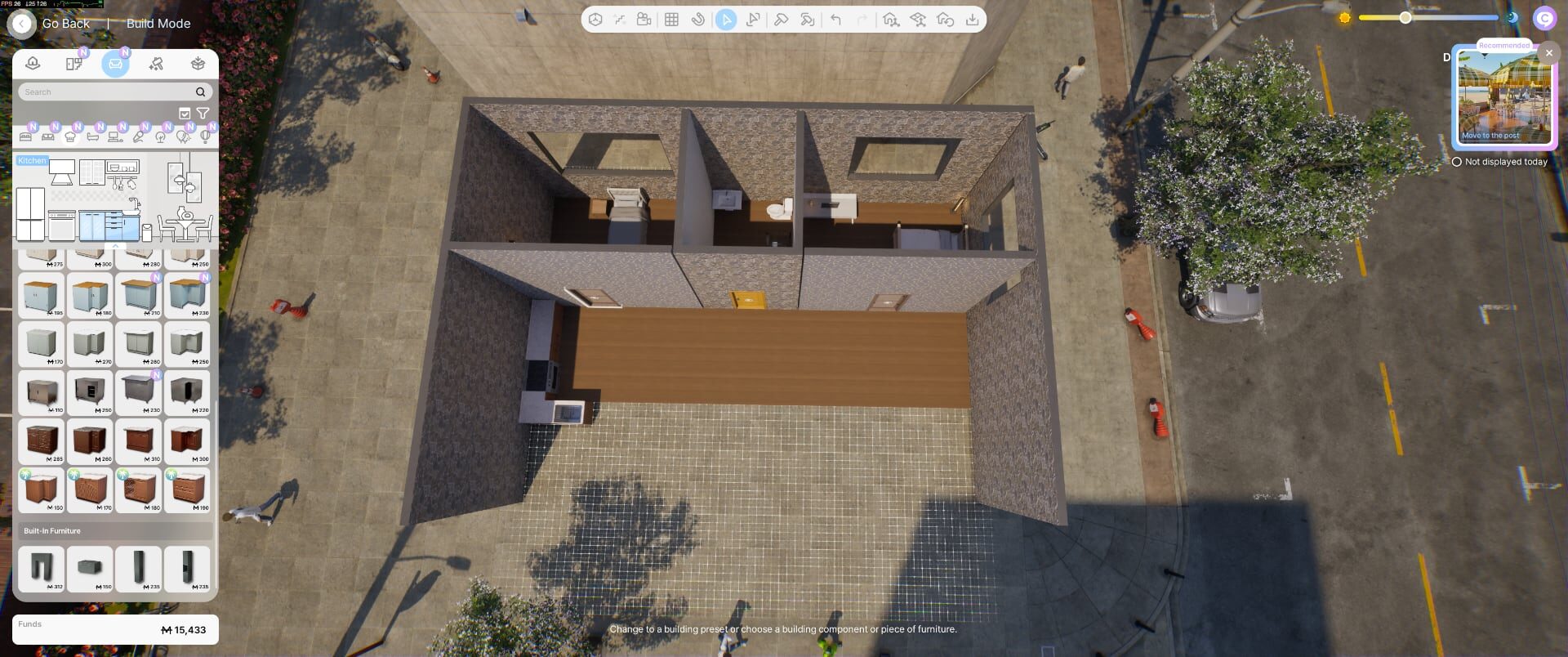
The 3D Object Creator pushes that freedom even further. Feeding the game a picture and watching it turn into a fully usable floor lamp feels like magic the first time you try it. Even the inclusion of real-world brands, such as selecting an LG fridge for the kitchen, adds a subtle sense of familiarity. It reminded me of the days when life sims brought little slices of the real world into their catalogues, and it made my digital space feel just a little more grounded.
This is where inZoi is at its best right now. It gives you tools that encourage you to shape, tinker, and create without pushing back. Hours disappear here, and it feels good to get lost in the details.
Where the Simulation Falters
For all the creative freedom inZoi offers, living inside the world does not always feel as engaging as building it. You can design a beautiful home, shape a neighbourhood, and craft characters with incredible detail, but once they step into their daily routines, the illusion starts to slip.
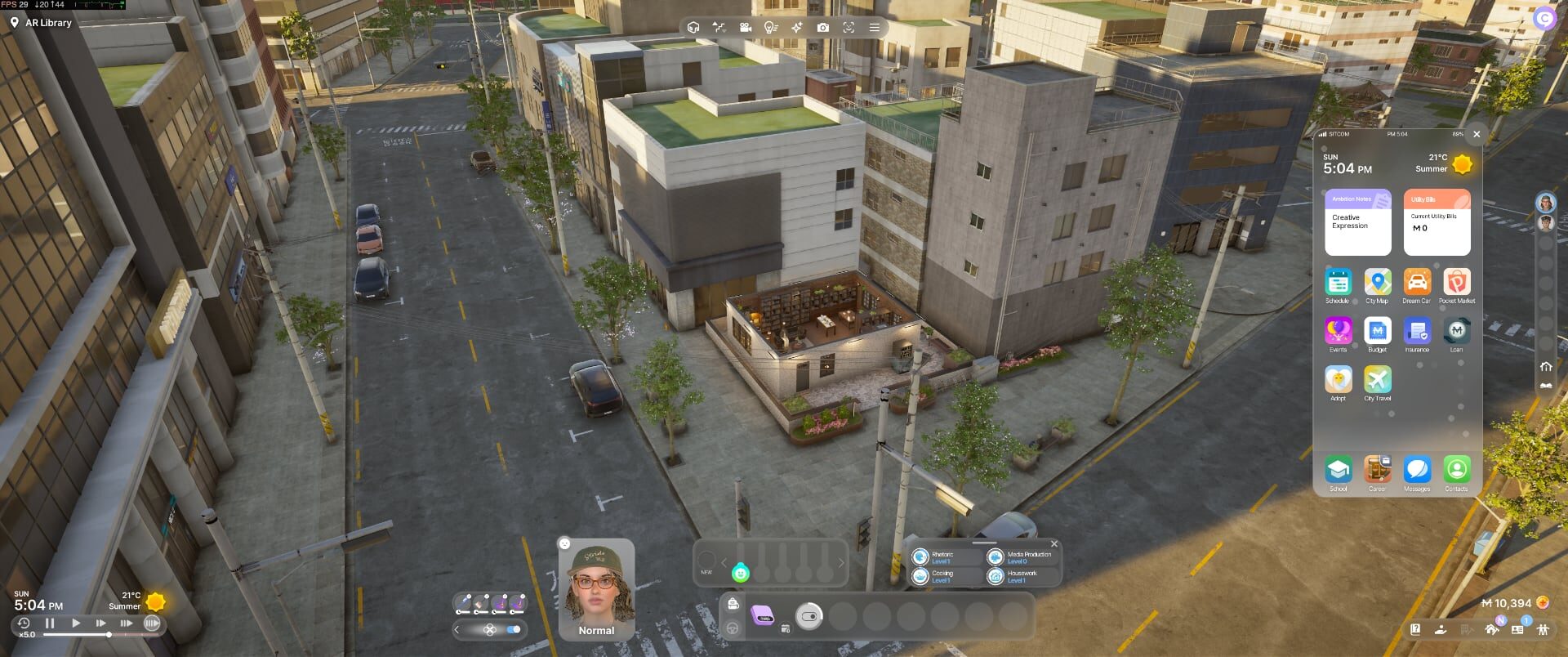
Day-to-day life feels a little disconnected. Your ZOIs wake up, go to work, manage their needs, and interact with each other, but these moments rarely spark anything memorable yet. Conversations feel mechanical, relationships form without much weight, and there is a sense that the systems are still waiting to be stitched together into something cohesive.
It is not that there is nothing to do. You can get jobs, decorate spaces, explore the city, and experiment with routines, but the game has yet to capture the small, unexpected moments that make a simulation feel personal and alive. For now, It gets the designing part right but has not figured out how to make living it fun.
That may change as the game develops. This is still early access, and the groundwork is solid. The tools are powerful, the world looks inviting, and the systems are in place. What it needs now is more personality, more surprises, and more reasons to care about what happens after you have built your perfect home.
Apple Silicon Gets a Workout with inZoi
inZoi pushes Apple silicon hard, and the results are better than you might expect for a game this ambitious. On a Mac Mini M4 Pro, MetalFX upscaling, ray tracing, and HDR support are all ready to go on day one.
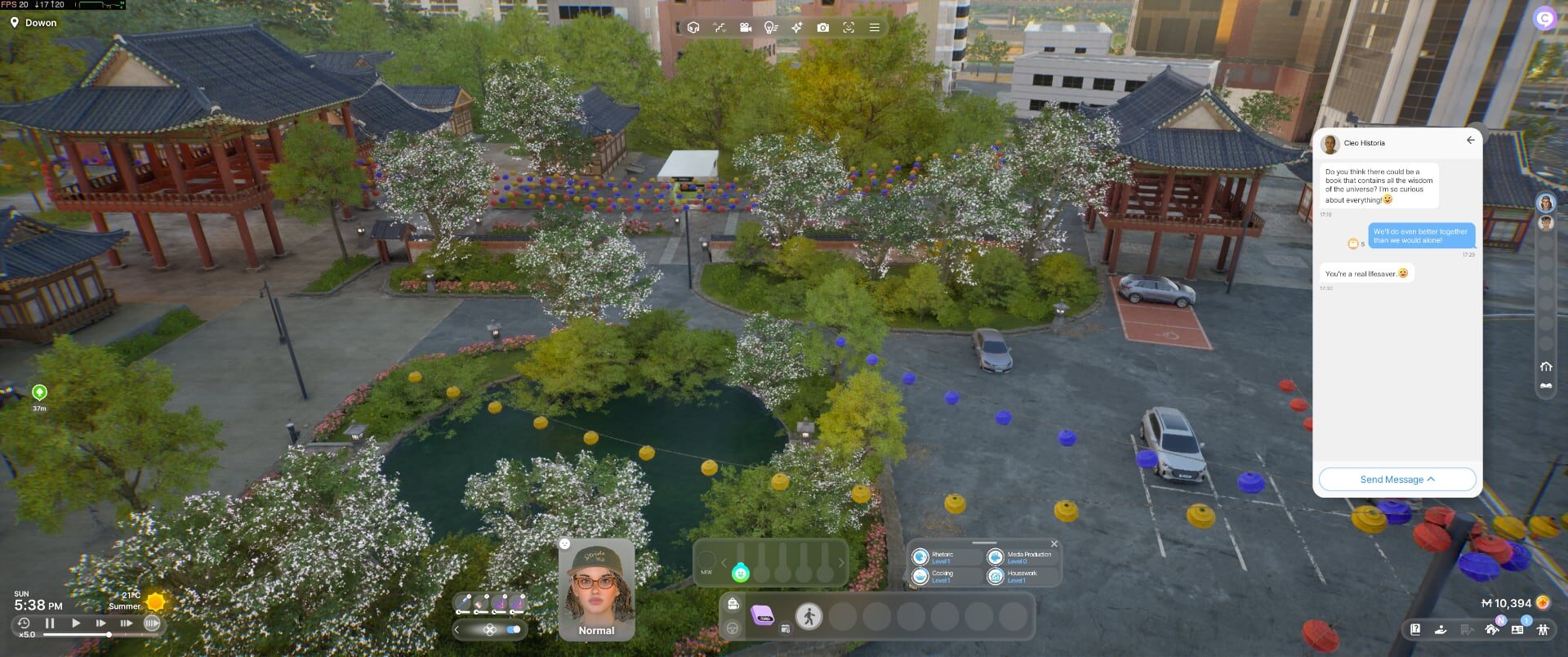
On medium settings, frame rates usually sat between 20 and 30 fps and felt smooth enough to get lost in the flow of play. Navigating the city, tweaking builds, or running errands never felt sluggish, even when juggling multiple ZOIs. Switching to high settings reduced the frame rate to around 15 to 25fps, with dips occurring when zooming in, navigating through dense areas, or adding new objects to the world. In lighter scenes, I occasionally saw peaks of 40 to 50fps, but those moments were rare.
The experience is not flawless. There are brief stutters when placing items, exploring busy streets, or loading custom assets, but they rarely pull you out of the moment. The Mac Mini M4 Pro stayed whisper-quiet for the most part, though after about two hours of continuous play, the warmth creeping from the chassis reminded me just how much work the M4 Pro was putting in. Even so, I never hit serious throttling or dramatic performance drops.
For an early access title this ambitious, the results are surprisingly solid. It feels playable and immersive even with the occasional hiccups, and the fact that inZoi supports advanced Metal features from day one makes it one of the more technically impressive Mac-compatible titles I have tested recently.
Early Verdict
inZoi is gorgeous, ambitious, and full of potential, but it is not all the way there yet. The creative tools are powerful and intuitive, letting you design characters, homes, and entire neighbourhoods with a level of freedom that is rare in the genre. It is easy to lose hours just shaping the world exactly how you want it.
Where it stumbles is in the life part of the life sim. Daily routines feel limited, relationships lack spark, and the simulation does not deliver the small surprises that make these games memorable. Right now, it is better at letting you design a life than live one.
Even so, the foundation is strong. If the simulation systems grow to match the creative tools, inZoi could become something special. For now, it is a stunning sandbox to tinker with, and one to keep an eye on as it continues to develop.
Subscribe to our newsletter to get the latest updates and news

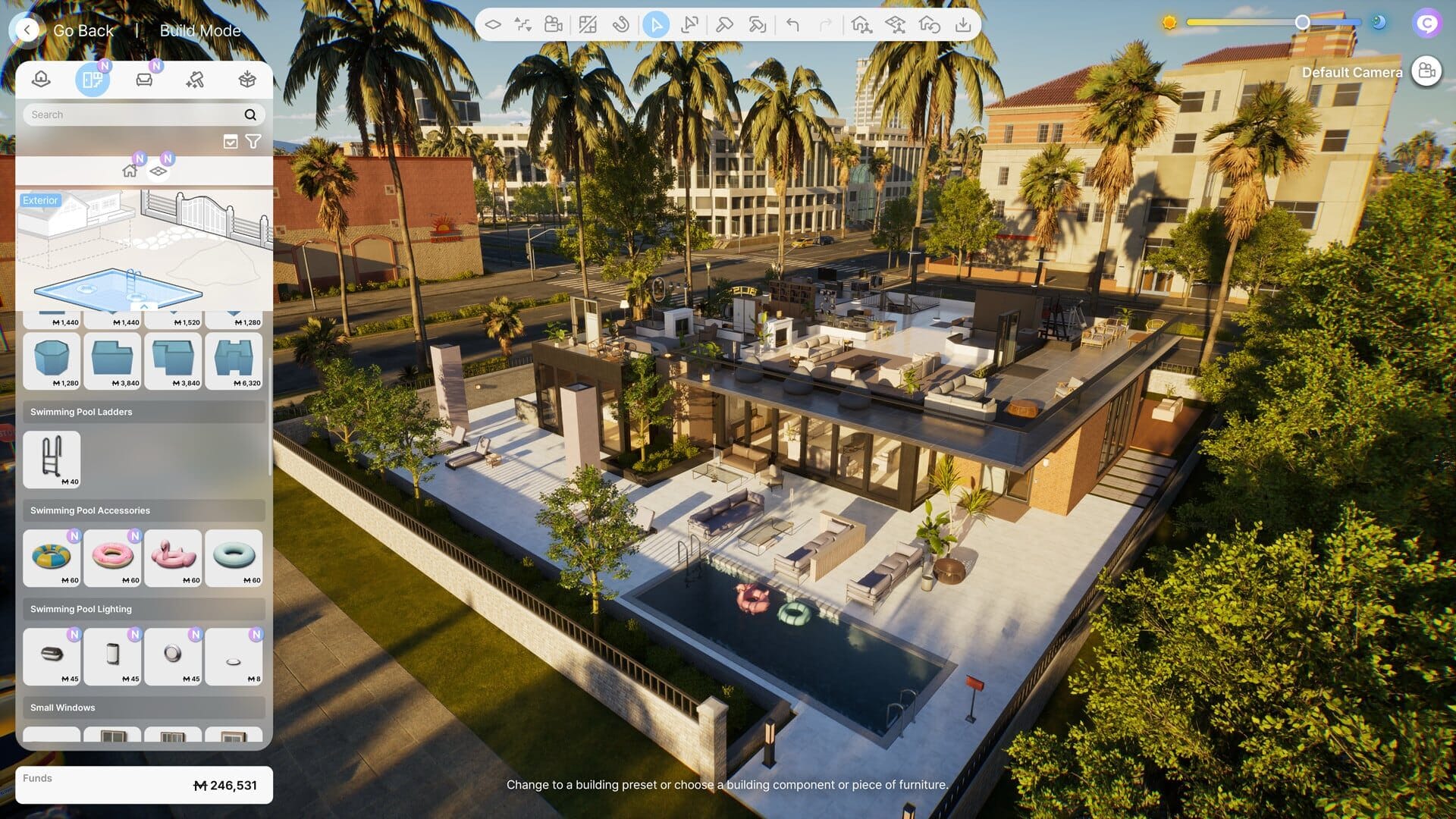








Member discussion